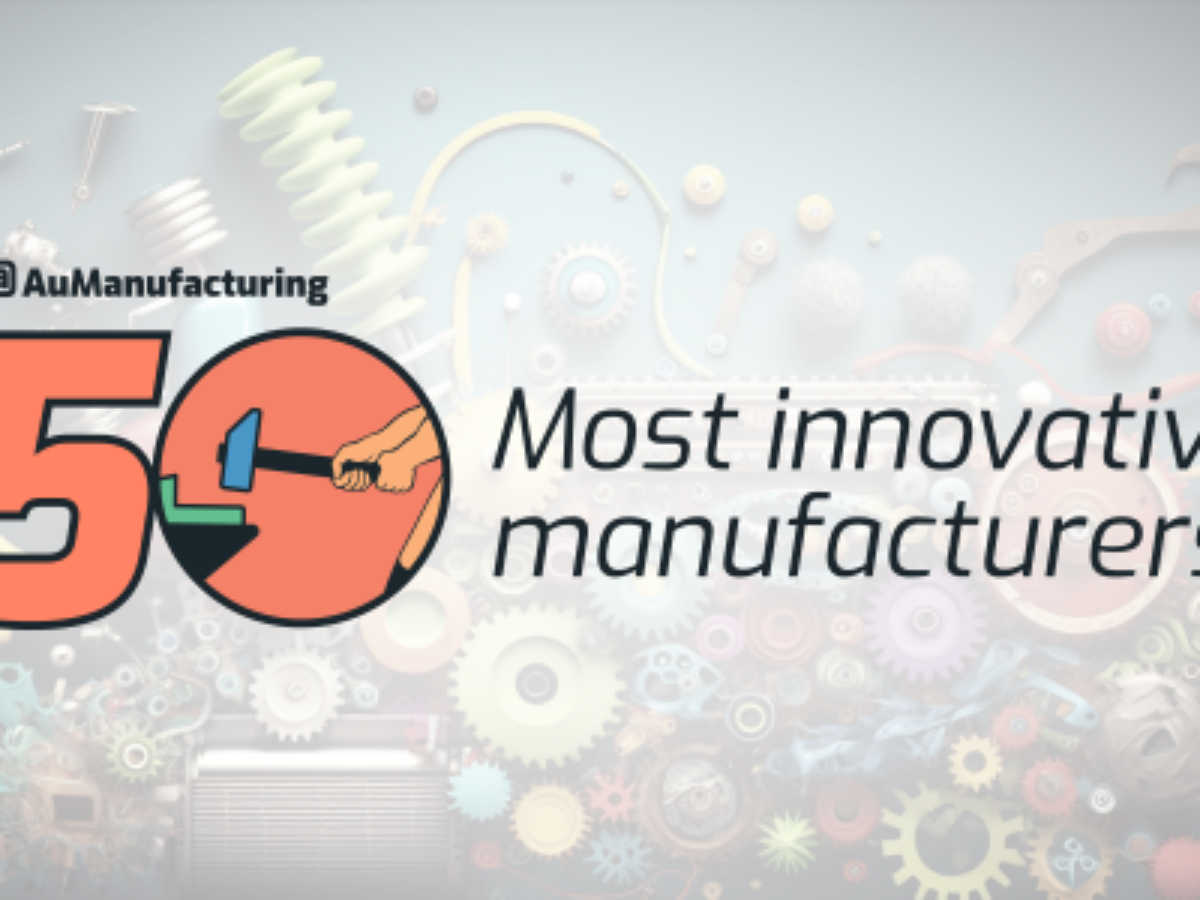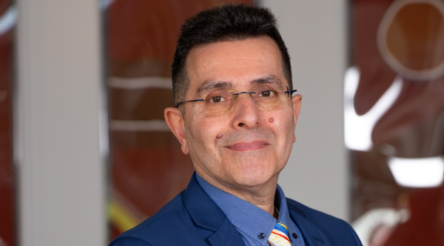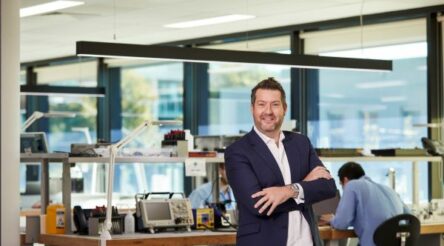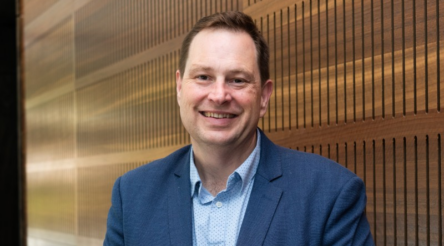Lessons from Australia’s most innovative manufacturers

On the opening day of Australian Manufacturing Week, @AuManufacturing and the Advanced Manufacturing Growth Centre held a special event: Lessons from Australia’s most innovative manufacturers. Below is the introduction speech from the event, covering some of what we’ve learned so far from @AuManufacturing’s ongoing search to identify and celebrate Australia’s 50 most innovative manufacturers. By Brent Balinski.
We’re gathered today to focus on innovation, and in an up-close, real-world sense, rather than in terms of what the people in Canberra should be spending or doing, statistics about R&D in terms of GDP, the GERD or BERD, or anything of that kind.
While the above are worthwhile subjects, the innovation conversation regularly gets talked about in these terms, and less regularly about what manufacturers can and are doing themselves to increase their chances of prosperity into the future.
Myself and my business partner Peter Roberts, the other half of our publishing venture @AuManufacturing, have been covering manufacturers for many decades and have seen countless examples of outstanding yet largely unheralded Australian manufacturers taking on the world and doing so based on their innovation prowess. As manufacturing businesses by number in Australia are overwelmingly SMEs, so have been the examples.
And that’s a fine thing, because innovation is a vital ingredient for a company of any size, not just a CSL or a Cochlear.
We thought it would be a worthwhile exercise to run this campaign to identify Australia’s 50 most innovative manufacturers, celebrate them as examples of what good looks like, learn a few things from them, and share some of their wisdom.
We give a huge thanks to campaign sponsors MYOB, Bosch Australia Manufacturing Solutions, and SMC Corporation Australia and New Zealand for backing this campaign.
A very basic thing we wanted to know, more basic than how they pursue it, was how some of the standouts defined and understood innovation.
It’s a term, like advanced manufacturing, that means different things to different people. As the AMGC’s Dr Jens Goennemann – the moderator at our Lessons from Australia’s most innovative manufacturers event – wrote a few years ago “When you ask ten people what is Advanced Manufacturing, you’ll probably end up with eleven different answers.”
It’s a similar thing for innovation.
For Lachie Smart from medtech machinery company Smartline: “I’d say innovation is solving problems in new and unique ways, with the key focus being on the problem not on the product.”
For Dario Valenza of composite drone maker Carbonix: “The short version is innovation is really about questioning the parameters and testing and finding out whether your theories are correct or not.”
For Mark Croudace from MGA Thermal, whose Marketing Manager Arden Jarrett is also a panelist at our event, doing something novel is critical. “It’s the differentiator between us and a lot of competitors who might be repurposing concrete or rocks or bricks or sand versus development of a material that encapsulates a phase change,” said Croudace.
For our purposes, while this campaign isn’t an awards program as such, we do have nomination criteria for those applying, as well as a panel of judges.
When we set out trying to establish some kind of rigour to how our judges could assess companies as innovative, we enlisted the expert help of our friends at Wave Design and took inspiration in some ways from the Oslo Manual.
While Oslo’s a bit of a slog to read, and I ask you politely not to quiz me on anything in it, it provides some useful advice.
It defines innovation as “a new or improved product or business process” and stresses that it’s about implementation rather than invention. There are innovations, which are an end, and innovation activities – such as patents, programs and R&D spending – which are the means to an end.
What I thought was important, and sometimes overlooked, were process innovations, which include distribution, logistics, marketing and sales.
It maps up neatly with AMGC’s emphasis in the smiley curve representing manufacturing’s value chain, which shows there’s a wide spectrum along which companies can innovate and create value for themselves and their customers.
We’re grateful for every application that’s come through, but I’ll confess we would like to see more companies coming forward to talk about process innovations.
A notable exception is Wireman, a young company making nifty fencing tools, and which counts British Rail as an early adopter of its wire grippers.
Its co-founder Ian Lowrey had some fascinating observations about what kinds of products they’d rule in or out for development.
Product size mattered due to their focus on direct sales through the post over the internet.
Another important choice was to court a popular rural Youtube influencer Tim Thompson, who featured their products on his channel.
With poor TV service for a lot of people in the bush, Youtube can be a powerful tool for reaching them, explained Lowrey. He’d also seen a lot of value into throwing himself into digital marketing, from SEO to targeted ads on various platforms. I would describe these marketing decisions as innovative.
As is sometimes the case with ruling development programs in or out, decisions can come from the gut. The innovation process can be messy.
Workspace Commercial Furniture’s new Forza, a very large table with only four legs, recently came to the market and is selling well. Product Development Coordinator Miheer Fyzee told me that he came up with an ad hoc test, a final bit of proof that the table was ready for release.
Before leaving for the summer holiday, he had a forklift plonk a dumpster on a near-final-iteration table. Three weeks later he came back, pleased to see the table structurally intact and holding up the bin. A big tick of approval for something too big to move and which will therefore have people up and down on it regularly to change lights or access a roof or a window.
Our campaign has taken in all kinds of on-the-ground examples of what innovation looks like and the processes for getting there.
Unlike some other programs, we are not charging ridiculous money for the privilege of participating. We won’t mention any names, but we believe innovation is for everyone and not just those who can spend thousands for the chance of a mention.
Nominating is completely free, and the deadline is May 26. We’ll be back in Melbourne on July 4 for an event to conclude the campaign. Everyone who participates is invited to join us at the Clayton Hotel for a free breakfast and some celebrations.
To close, innovation can be messy, frustrating and costly, but it’s worth it. The size of the company getting among it isn’t important.
Anyone too complacent to rethink what they’re doing and why they could do it better is doing themselves a disservice.
I’ll close with the example from Smartline, whose GM Lachie Smart I mentioned earlier, and who says the day they stop learning is the day they seal their fate as a company.
A few years ago they had a rough old workshop facility they called the farm shed.
For years there was a disused chair someone left out and which needed to be binned, just sitting near the front door and needing to be walked around.
“We were wasting time every day walking around this stupid purple chair. Just because it’s what was always done,” Lachie said.
“There’s a lot of things we do just because we’ve always done them. There’s a lot of purple chairs that lie around all companies. But if you can take a completely fresh perspective, and sometimes that means getting outside expertise to come in and have a look, you’ll find there’s usually a lot of purple chairs that you could move. You’ll save yourselves a lot of time and find new solutions to problems.”
Is your company one of Australia’s 50 most innovative manufacturers? We want to hear from you.
PUT YOURSELF FORWARD AT THIS LINK. NOMINATIONS CLOSE AT 5 PM (AEST) ON MAY 26.
WATCH OUR LAUNCH WEBINAR HERE.
![]()
Australia’s 50 Most Innovative Manufacturers is a new campaign by @AuManufacturing. It has been made possible by the generous support of MYOB, SMC Corporation Australia, and Bosch Australia Manufacturing Solutions. Be sure to check back at this website for regular updates including profiles of nominees and other information.
@aumanufacturing Sections
Analysis and Commentary Awards Defence Manufacturing News Podcast Technology Videos










